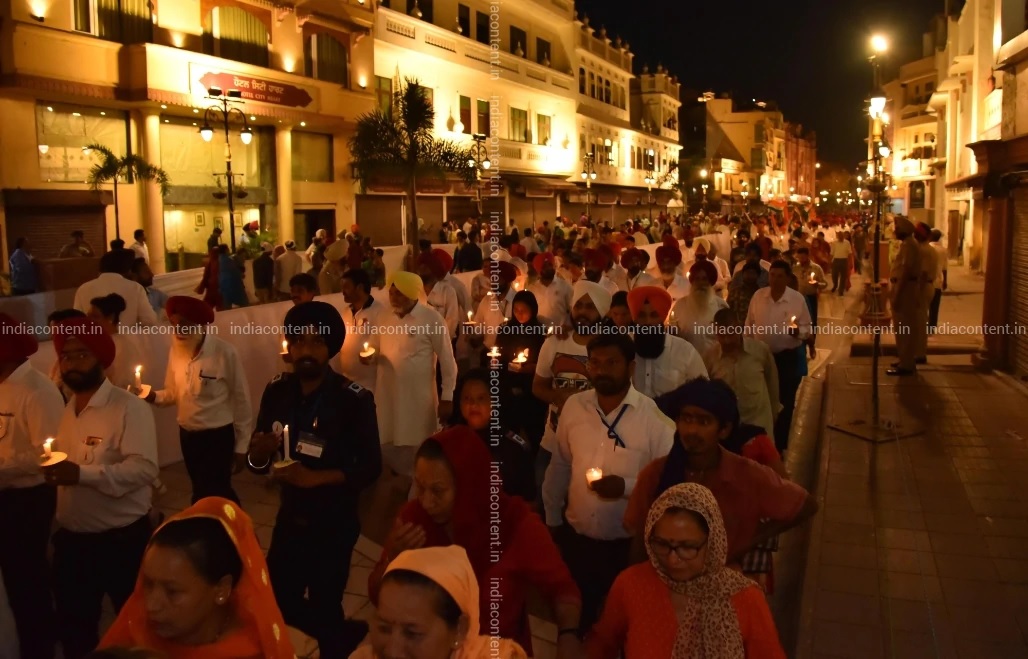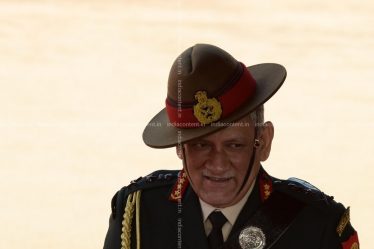
Remembering the sacrifice of defenceless innocent people on the 101 anniversary of the barbaric incident which took place at Jallianwala Bagh in the history of pre-independence!

Jallianwala Bagh Massacre Overview
13th April 1919, a blood-curdling and petrifying day in Indian history when hundreds of innocent and defenceless people lost their lives and thousands of people were bruised by the British Indian army at Jallianwala Bagh, Amritsar, Punjab. The army attack on the order of acting Brigadier-General Reginald Dyer was horrific. This incident marks one of the extensive monstrous political violations committed by the Britishers in Indian history. It is titled after the popular public garden named Jallianwala Bagh which is spread over an area of 7 acres with walls housing all of its sides. This day coincided with ‘Baisakhi’, the holy festival of Sikh religion due to which thousands of people from neighbouring villages visit the Golden Temple Gurudwara and the city’s traditional fair.
This 1919 Amritsar massacre brought the whole Punjab to a deadlock and is considered as one of the most sordid chapters in the diversified history of India. We will never be able to forget the inhumanly behaviour and injustice done with the innocent farmers, women, children, traders, merchants and devouts by the British officers. The British military killed the people with no word of warning.
Jallianwala Bagh Massacre Reason
Jallianwala Bagh massacre is also termed as Amritsar Massacre to which Punjab will never overlook the barbarity of British Indian troopers that took place on Sunday, the day of Baisakhi when the whole Punjab was commemorating the festival. This slaughter was held hardly a few months after the Armistice on 11th November 1918 concluded World War I in Europe and put undivided Punjab in turbulence. Due to the oppressive regime of a British officer, the life of not only Punjab but the whole nation came to a stalemate.
Baisakhi is the festivity which marks the initiation of Khalsa Panth in 1699 by Guru Gobind Singhji, the tenth Guru of Sikhs. This horrifying action of General Dyer impelled the Indian independence movement and gave it a new frame and strength.
During World War I, a lot of acrimonies and civil insurrection had heightened across the nation majorly in the states of West Bengal and Punjab. Awful fallouts of the war including inflation, heavy taxation, a big number of dead and bruised soldiers actuated the desire of independent India from British colonialism and consolidating the country. Because of the aggravating civil insurrection, a Rowlatt Committee was formulated in 1919 which was a legislative statute to allow few political cases to be tried in the absence of tribunal and authorised confinement of suspects without any lawsuit. Thereafter, Mahatma Gandhi came into the spotlight as an insurgent. As a result, this statute panned out to be an intensifying demonstration across the nation. The insurrection became a calamity in Punjab and the demonstrations ensued at the home of Deputy Commissioner of Amritsar. They urged for the emancipation of two renowned leaders of the Indian Independence Movement – Satya Paul and Saifuddin Kitchlew. As a result, the demonstrators emanated with the burning of the Town Hall and Railway Station, disruption of telegraph and communication system which resulted in various deaths encompassing a few deaths of the European government officials as well as civilians. The Amritsar city observed few days of blackout due to such activities while other parts of Punjab endured. Hence, the British Government enforced Martial Law at most of the places in Punjab and barred the civil liberties which outlawed public gatherings and forbidden the assembling of more people together.
13th April 1919 marks the day of Solar New Year for the Sikhs and is also commemorated as Baisakhi jollity all over Punjab. It is believed that Khalsa Panth was formulated on this day. Thousands of mass were assembled at Jallianwala Bagh, Amritsar, Punjab and travelled from faraway places to celebrate Baisakhi with their loved ones at Harmandir Sahib.
On Baisakhi morning, British commander Colonel Reginald Dyer declared the implementation of a curfew in whole Amritsar and outlawed the assemblage of four or more people to meet publicly. At about 12:40 p.m., Dyer came to know about the confidential news about the meeting being held at Jallianwala Bagh which may create a nuisance and protests might take place. By mid-afternoon, thousands of people were accumulated at Jallianwala Bagh encompassing the devotees at Harmandir Sahib. The bagh was covered with 10 feet high walls and most of its narrow entrances were also locked. This place was bunched up with farmers, traders. Merchants and devotees who came to Amritsar to delight in the festivity and observe the Baisakhi horse and cattle fair. Anticipating the presence of a huge number of people and the private meeting being held at 4:30 p.m., General Dyer turned up with armed military and watched over the main entrance. The troops were present there following armoured vehicles that were purportedly carrying explosives and machine guns. A barbarous firing was done at the oblivious crowd on Dyer’s orders and was carried on for about 10 minutes till the time armaments were not used up. During firing, nearly 25,000 people were present there out of which some put in their endeavours to protect themselves whereas others chose to leap in the solitude well built in the premises of Jallianwala Bagh. The troops were organised to embark the shooting from the high-density crowded spot to wreck the maximum number of people. This atrocious deed of the brutality led the big holocaust and there was no one to pick the dead bodies from the Bagh due to the implementation of curfew.
Colonel Dyer executed this firing to teach a lesson to the Indians for contravening his orders and to disperse the meeting. British Lieutenant Governor of Punjab acclaimed Colonel Dyer’s actions and approved them. Additionally, the British lieutenant urged the Viceroy to enforce Martial Law in Punjab.
According to British official figures, nearly 379 people were assassinated and 1,200 were injured on that day, however, other estimates suggest much higher fatalities. Indian National Congress had quoted around 1000 death toll. Nearly 120 bodies were recovered from the well.
Dyer admitted that the firing would have continued for long, had more ammunition been available. This was a calculated act done by Dyer who proudly announced that he had concluded it to generate a ‘moral effect’ on the people. He was not at all shameful for his deeds as he had already decided that he would shoot all men gathered there with the purpose of the meeting. When he returned to England, some Britishers accumulated money to respect him whereas others were aghast at this heinous act and urged an inquiry. Later, a British newspaper had titled this as one of the bloody massacres of modern history.
After about 21 years on 13th March 1940, an Indian freedom fighter Udham Singh shot Michael O’Dwyer dead who was the Lt. Governor of Punjab at the time of Jallianwala Bagh massacre. This massacre was a critical point in the history of the battle for independence. In December 1919, the congress session took place at Amritsar where a huge mass including farmers was present. This conference conveyed the message that barbarism had added salt to the wound which made people firm to battle for independence and against dictatorship.
Considering the relevance of this place, a trust was established in 1920 to build a memorial site at Jallianwala Bagh. This memorial was fabricated by an American architect, Benjamin Polk and was initiated by the then President of India, Rajendra Prasad on 13th April 1961. The bullet marks visible on the walls of the monuments and the adjoining buildings still exhibit the agonising pain suffered by the people that day. The well that protected hundreds of people from the bullets fired by the troops is also safeguarded in the compound of the park.
Several tourists visit this monument every year to look back on the combats faced by our forefather to liberate India from the handcuff of enslavement. This park is situated near the beautiful Golden Temple in the city of Amritsar, Punjab the visiting hours for which are 6:30 am to 5:30 pm on any day of the week. The entry is free of charge.
Jallianwala Bagh Images on India Content Website
The India Content Website has a good stock of images related to Jallianwala Bagh. The high-definition images are available in three sizes – small, medium and large.
You can purchase various other content images from the https://www.indiacontent.in



